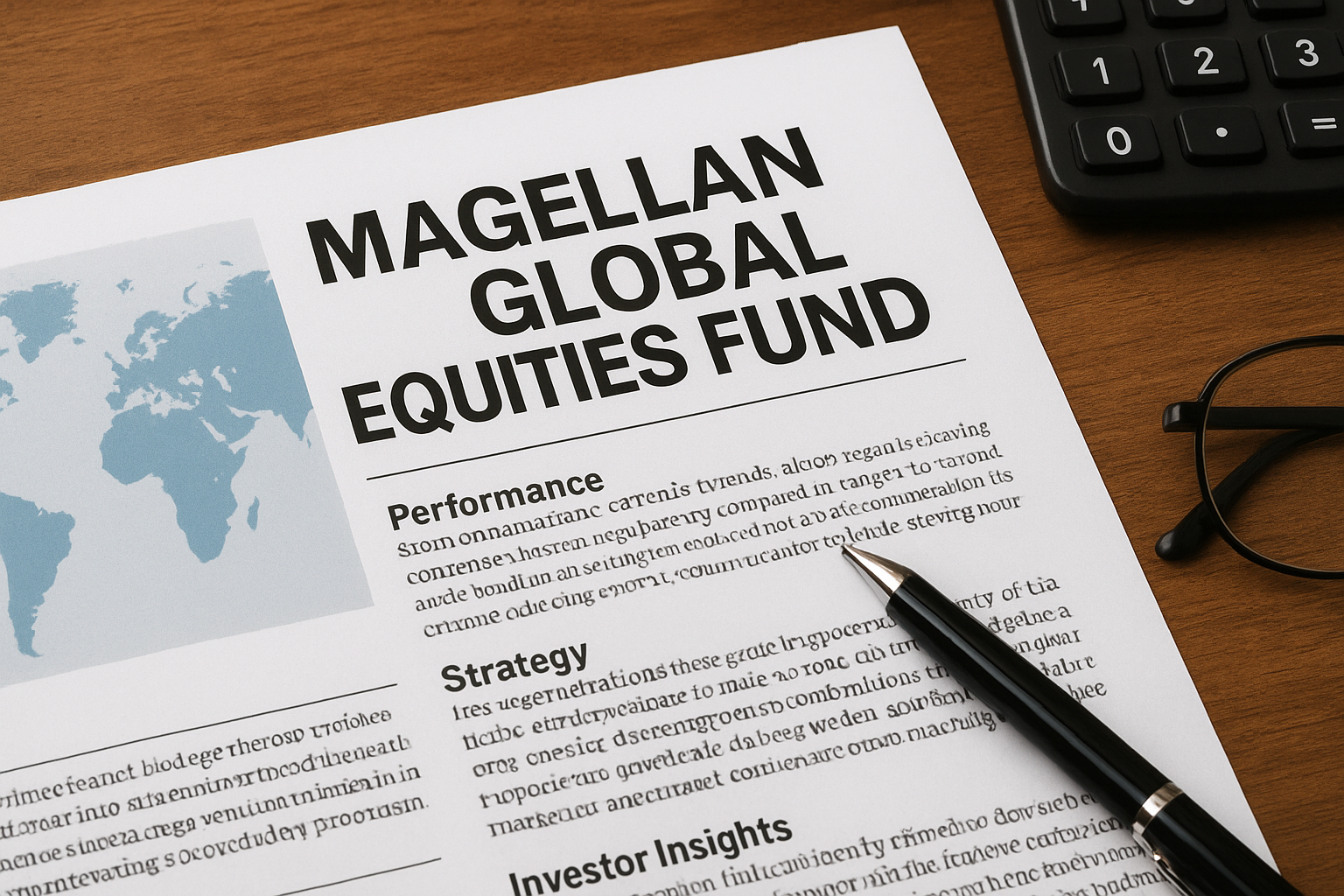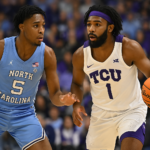The Magellan Global Equities Fund is a globally-focused investment fund managed by Magellan Financial Group in Australia. It aims to invest in high-quality companies around the world, with the goal of delivering strong returns over the medium to long term. For investors interested in diversifying internationally and seeking steady growth, understanding what this fund is, how it operates, and what risks are involved can help make better decisions. In this guide, you will learn what the Magellan Global Equities Fund does, how it chooses its investments, what its performance history looks like, what costs are involved, who it is suited for, and recent trends that might affect its future.
Understanding the Magellan Global Equities Fund
The Magellan Global Equities Fund is built to offer investors exposure to good quality companies based globally. The idea is to find firms that can keep earning more than what they cost to run, over time. That means not just chasing fast growth, but looking for businesses with durability—strong competitive advantages, reliable management, and sustainable business models.
Magellan offers different versions of its global equities strategy—including a hedged version—to fit different investor needs in terms of risk and currency exposure. The fund participates in both listed (public) companies and, depending on the vehicle, may allow investors via open class funds or exchange-traded structures. It is part of a growing suite of global equity investments managed by Magellan, which is a well-known name in Australian investment management.
Investment Strategy and Portfolio Approach
Magellan’s approach with the global equities fund is centred on selectivity and quality. Instead of holding hundreds of stocks, the fund tends to concentrate its holdings in roughly 20 to 40 companies at any given time. The aim is to pick businesses that have what are often called “sustainable competitive advantages.” These could be strong brands, efficient operations, unique technology, or other features that help those companies keep earning profits over the long run.
Another key part of strategy is valuation: the fund doesn’t just buy high-quality companies at any price. The managers try to assess the intrinsic value—what a company is really worth based on its cash flows, growth potential, risks—and aim to purchase at discounts to those assessments where possible.
There is also some flexibility built in. While the majority of the investments are in foreign (non-Australian) companies, there is exposure to cash from time to time, and the fund may adjust the mix depending on market opportunities and risks.
Currency Hedging and Risk Management
One of the real challenges for any fund that invests globally is currency risk: the value of foreign investments in Australian dollars (or whatever your base currency is) can go up or down simply because exchange rates move. To manage this, Magellan offers a currency-hedged version of its global equities fund. In that version, the fund uses foreign exchange contracts to reduce (or hedge) the risk associated with major currency movements, especially from the capital component of foreign investments.
Risk management also includes being mindful about selecting companies that are less likely to suffer “permanent loss of capital.” That means avoiding extremely risky or highly leveraged firms, focusing instead on businesses with financial strength, predictable earnings, and good governance. The concentration (20-40 stocks) means each holding matters more; so careful analysis, ongoing monitoring, and being disciplined about when to sell are important parts of the risk control.
Performance and Historical Track Record
Over its history, the Magellan Global Equities Fund has had periods where it delivered solid returns, especially compared to some global benchmarks, although past returns are not guarantees of future results. For example, the open class version of the fund aims to generate returns well above what companies cost to run over sustained periods.
When comparing performance over different time frames (one year, three years, five years), investors often look at total returns (capital growth plus any distributions), volatility (how much the value swings up and down), and risk-adjusted metrics such as Sharpe ratio (how much return per unit of risk). The hedged versus unhedged versions can differ notably during periods when currency moves strongly. When currency movements are favourable, the unhedged version may outperform; when they are adverse, the hedged version offers protection. The actual difference depends heavily on market conditions.
Fees, Costs, and Accessibility
Investing in the Magellan Global Equities Fund comes with costs. These include management fees, indirect costs, and, depending on the version, costs of hedging. The fee structure can differ depending on whether it is an exchange-traded form (ETF) or a managed/unlisted fund. For example, the indirect cost ratio for earlier versions of the fund was reported to be in the ballpark of 1.5% or so.
Accessibility depends on the fund vehicle chosen. Some versions are listed on the Australian Securities Exchange (ASX) so investors can buy units similarly to shares. Others are open class managed funds or unlisted funds, which may have minimum investment amounts, redemption rules, or different disclosure documents. Investors should also consider how fees, tax consequences, and transaction costs affect net returns.
Who the Fund Is Best Suited For?
The Magellan Global Equities Fund is likely to appeal most to investors who want exposure to global equities and are comfortable with some risk. It is especially useful for those who prefer a more active strategy rather than purely passive investing, and who believe that selecting high-quality businesses and managing risk (including currency risk) can add value.
Investors who have a medium to long time horizon—say, 5 years or more—may benefit more, since the fund’s strategy depends on giving these companies time to grow and for market cycles to work in its favor. If someone has a low risk tolerance, or is worried about short-term volatility or currency swings, they might prefer a hedged version of the fund or even consider more conservative global funds.
Also, because the fund is somewhat concentrated, people who prefer broader diversification might use this fund as one part of a larger portfolio, rather than the core.
Recent Developments and Market Context
Magellan Financial Group has seen leadership changes and strategic shifts in recent years. As of early 2025, Sophia Rahmani has become the CEO. The company has also been adjusting some of its global equity strategies and increasing transparency.
In the market more broadly, global equities have been influenced by rising interest rates, inflation, geopolitical tensions, and supply-chain challenges. These external forces affect the value of global companies, their costs, earnings growth, and how much investors demand in return. Currency fluctuations remain a big factor, especially for those investing from Australia or other countries with volatile exchange rates.
The hedged version of the Magellan Global Equities Fund has become more relevant for investors who are concerned about those currency risks. On the flip side, when the Australian dollar is weak, the unhedged version may gain from both the rise in foreign earnings and the weakening local currency.
Conclusion
The Magellan Global Equities Fund offers a thoughtful way for Australian (and other) investors to access global equity markets, with a focus on high quality, long-term growth, and risk-management features. It is not without costs or risks—but for many investors with patience, it can provide meaningful diversification and potential to outperform simple benchmarks over time.
If you are considering investing in this fund, it is wise to compare its versions (hedged vs unhedged), check recent performance (after fees), understand fees fully, and see whether its style fits with your own risk comfort and investment horizon. Doing so can help ensure you make an informed decision.
My name is Mustafa, and I have been blogging for over 5 years. I am passionate about sharing complete, accurate, and helpful information with my readers. Along with managing content on The Matcha Read, I also contribute blog posts to premium websites. My goal is to provide valuable insights in a clear and easy-to-understand way, so every reader walks away with useful knowledge.










